South African central bank cuts rates and doubles down on lower inflation target
Tsvangirai’s humble legacy lives on at hometown burial

Mourners gather around the coffin of the late MDC leader Morgan Tsvangirai at a memorial service in Harare on Sunday. Picture: Reuters
Morgan Tsvangirai would not have wanted to “rest” at Heroes’ Acre where many who fought in Zimbabwe’s liberation war are buried.
This is according to Tendai Biti, former Movement for Democratic Change (MDC) secretary-general and a founding member of the party, who became finance minister in the inclusive government.
Some have criticised Zanu-PF’s new leader, Emmerson Mnangagwa, who ousted Robert Mugabe last November, for not awarding a full hero’s funeral for Tsvangirai.
But Biti, also a senior Zimbabwe lawyer, said ahead of yesterday’s last rally to celebrate Tsvangirai’s life in Harare: “It would have been an insult for him to be buried among some of those at Heroes’ Acre, like Hitler Hunzvi and other securocrats.”
Hitler Hunzvi was trained as a combatant but studied in Poland during the war to end minority white rule. He was not a combatant. But he went on to insist former president Robert Mugabe invade thousands of white-owned farms after Zanu-PF lost a referendum on a new constitution in 2000. Tens of thousands of farm workers lost their jobs, and the agriculturally dependent economy crashed.
Tsvangirai, who died aged 65 of colon cancer in Joburg last Wednesday, has been given a state-assisted funeral which means his South African medical costs, as well as those for burial today at his rural home, Buhera, 200km south of Harare, will be met by the state.
“Burials at Heroes’ Acre were the invention of a ruling elite. And Morgan took a united stand against dictatorship It would have been an insult for him to be buried there,” Biti said.
Some of those buried at the North Korean-designed state shrine, set up after 1980 independence, were directly involved in the war against white minority rule.
Some who died in later years supported the mass murder of opposition Zapu supporters in the southern Matabeleland provinces from 1983 to 1987 and the murders of MDC supporters after it nearly beat Zanu-PF in the first elections it fought in 2000.
The MDC was formed by civil rights activists, trade unionists, intellectuals and small left-wing groups.
Tsvangirai’s death has seen the largest crowds of mourning civilians in the streets of Harare since 1980 independence. The party has no resources, but thousands of mostly poor, unemployed people, trudged to various venues around the city to pay their respects to Tsvangirai since his body arrived from South Africa on Saturday.
Yesterday, the last public event was at Freedom Square, as the piece of land near the Harare showgrounds is known to MDC supporters. Zanu-PF officials call it Robert Mugabe Square, but a city official told Independent Newspapers yesterday that the land has no official name.
It is where the MDC held all its last rallies since 2000, events which always attracted tens of thousands of mostly working-class supporters.
Only the deaths of former military supremo, Solomon Mujuru who died in a mysterious fire in 2011, and former opposition leader Joshua Nkomo, who died in 1999, have attracted crowds the size of those who turned up in various venues to pay their respects to Tsvangirai.
Several opposition war heroes, such as Lookout Masuku, who died in 1986 and was a senior Zapu combatant during the war to end minority white rule, were not buried at Heroes’ Acre.
Garfield Todd, the liberal prime minister rejected by many whites because he supported majority rule in the 1960s, also made it known before he died that he did not want to be buried at Heroes’ Acre.




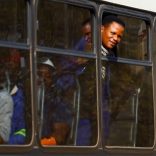


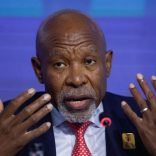

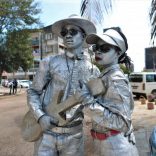
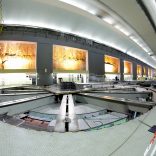
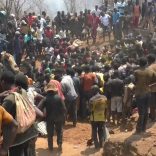

Leave a Reply
Be the First to Comment!
You must be logged in to post a comment.
You must be logged in to post a comment.